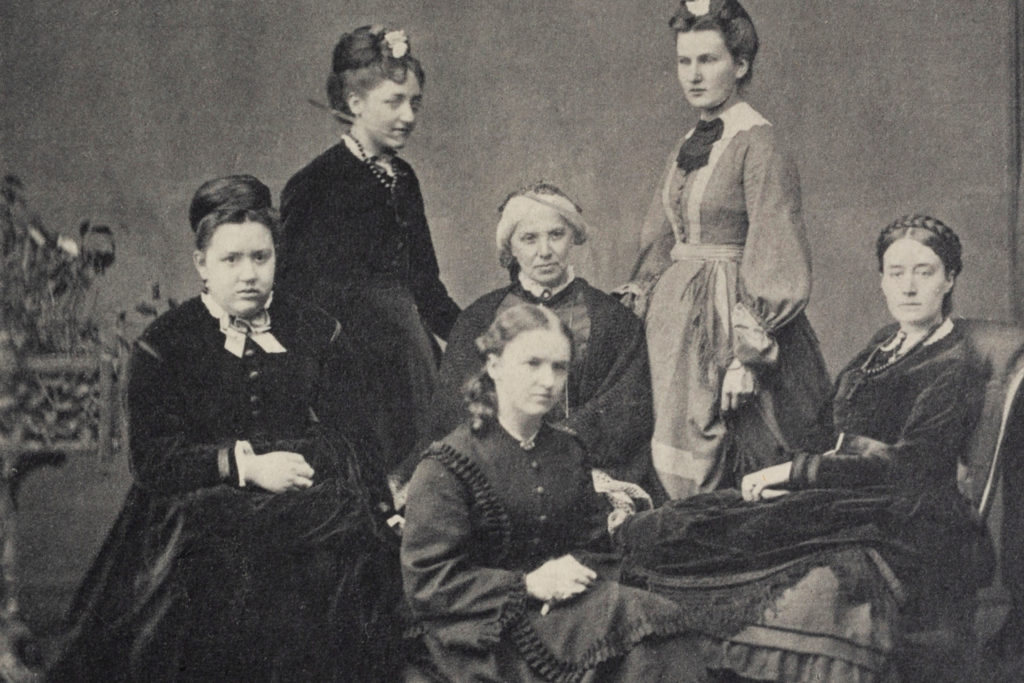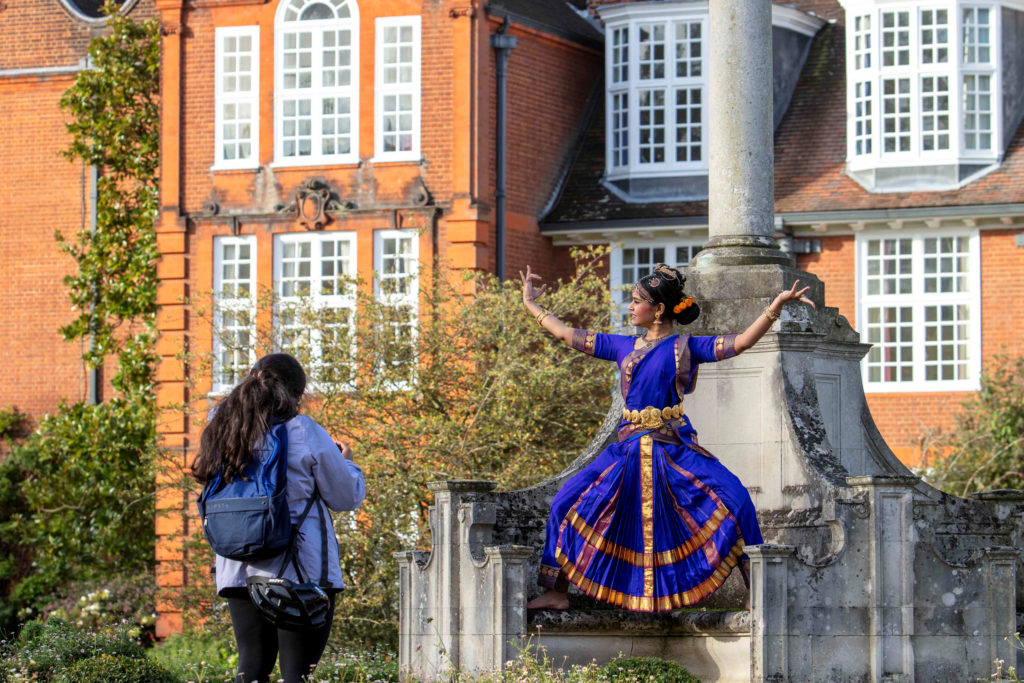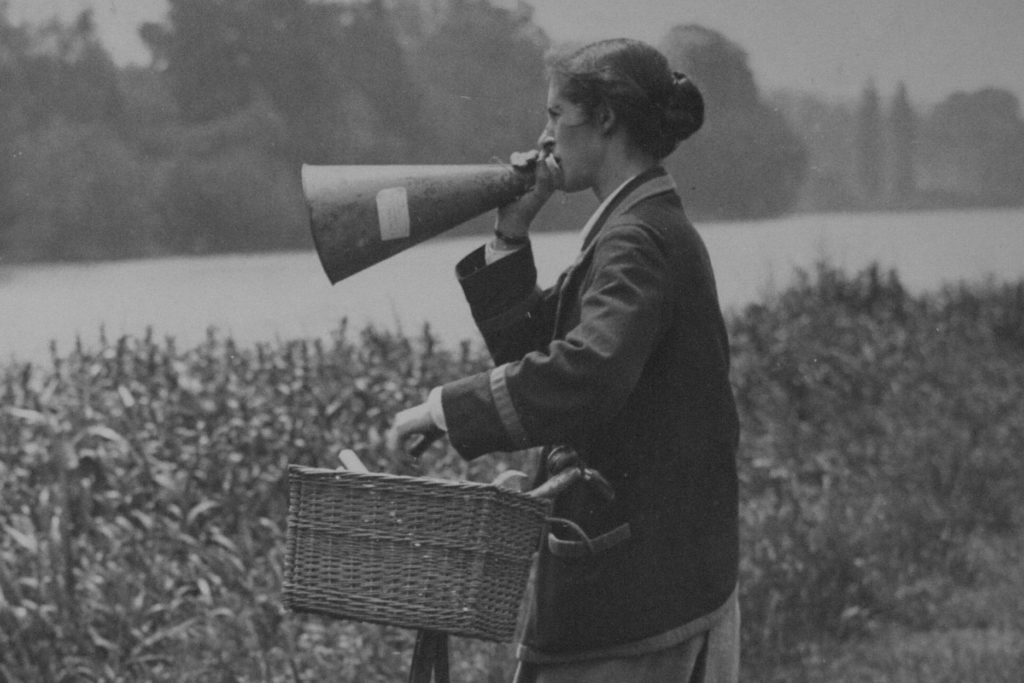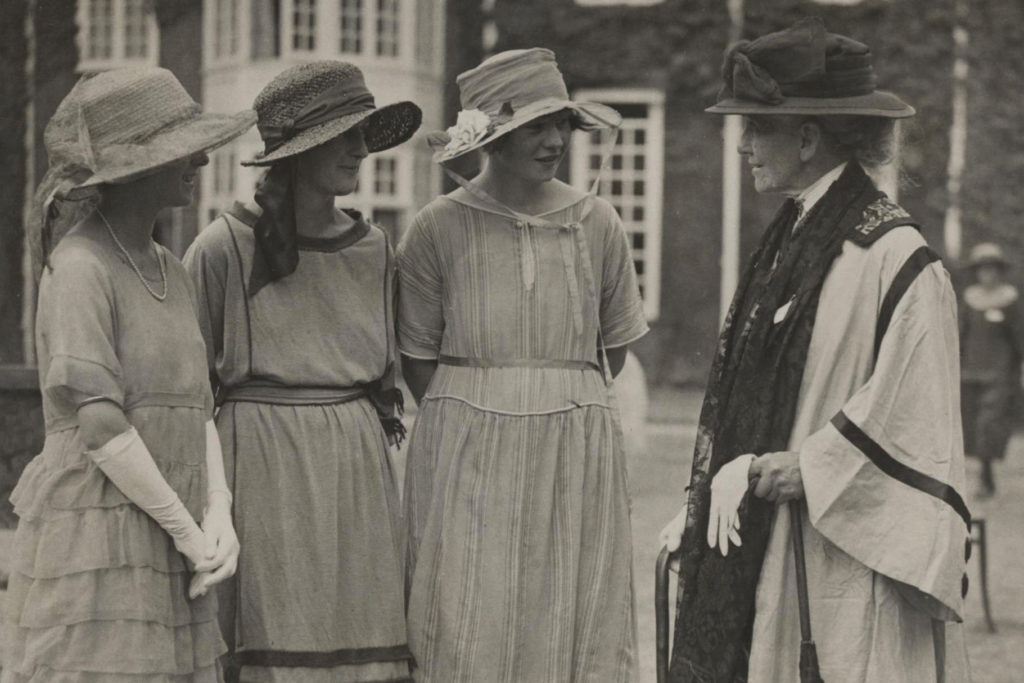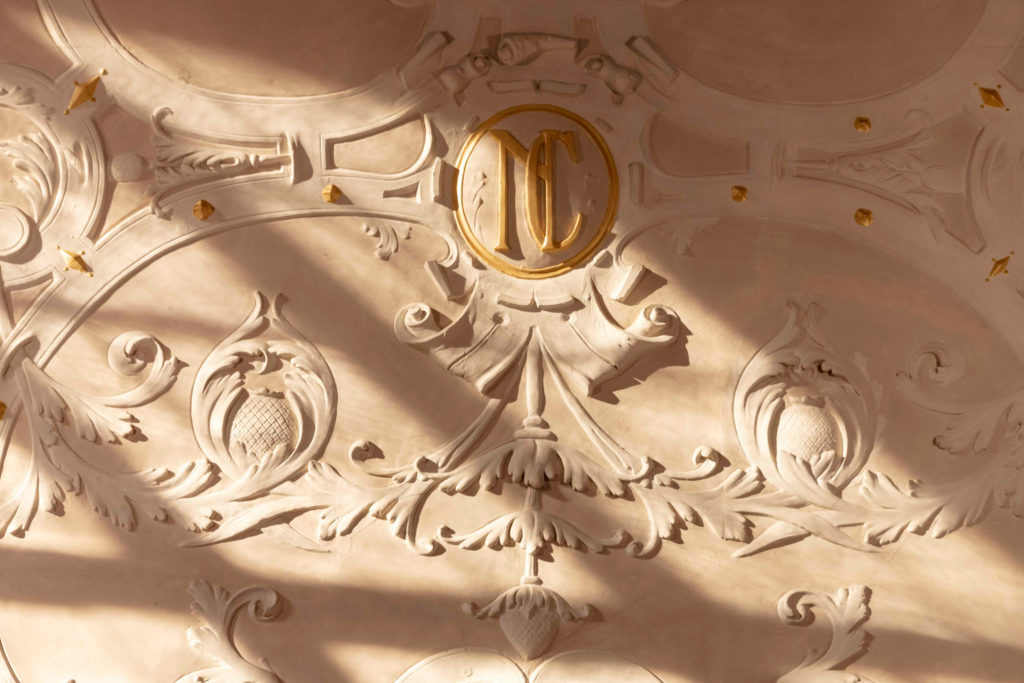Global Tree Planting Update
A recent flurry of tree planting over the last few weeks has seen our target of 150 trees nearly reached.

Head Gardener, Lottie Collis, organised for a crabapple to be planted at the Community Allotment Project (see below) run by the Cambridge Cyrenians. The Cyrenians provide a range of accommodation, support and specialist services for homeless men and women, and have a long-standing connection with Newnham. Over the last 50 years, Newnham staff, students and alumnae have acted as Cyrenians trustees, volunteers and even as a specialist GP.
Meanhwhile, on her farm in Liskeard, Cornwall, alumna Karen Patrick (NC 1979) planted a two-year old whitebeam (Sorbus aria ‘Lutescens’).
Alumna Mary Eminson (NC 1967) writes about her planting:
“The trees I have planted are black poplars (Populus nigra subsp betulifolia), a male and female. Black poplars are native to North West Europe, but are a declining species in Britain, found most commonly in Shropshire, where I live.

Mature poplars grow to 30m and can live for 200 years. Black poplars are dioecious, ie male and female flowers are found on separate trees. Females are particularly rare. The Woodland Trust estimates there are only 6-700 female black poplars in the wild. They like a boggy site.
The trees are planted on a field I own, in south Shropshire at 800m above sea level. Ten years ago I was given a male black poplar, which is planted nearby and is thriving, now about 30 feet high.
Planting trees is one of the ways I think one can try to contribute to a healthy future for people and the planet. I love trees and have planted quite a few in my lifetime. I particularly like deciduous trees, and believe they are great mood enhancers.
Whilst at Newnham, I often spent time in the garden, and also in other gardens along the backs. My favourite was Trinity Fellows’ Garden where there is (or was) a magnificent avenue of trees which I visited to soothe myself when stressed by essays (or other aspects of late adolescent undergraduate life in the the 60s). Newnham rose garden features in the only photo of my graduation in June 1970. There was an enormous downpour that day (the Seeley Library was flooded) so my parents couldn’t take the ‘conventional’ photos outside Senate House, but we went back to Newnham: I think there was a cup of tea on offer. We walked round the garden when the rain stopped and contemplated the next stage of my life.”

